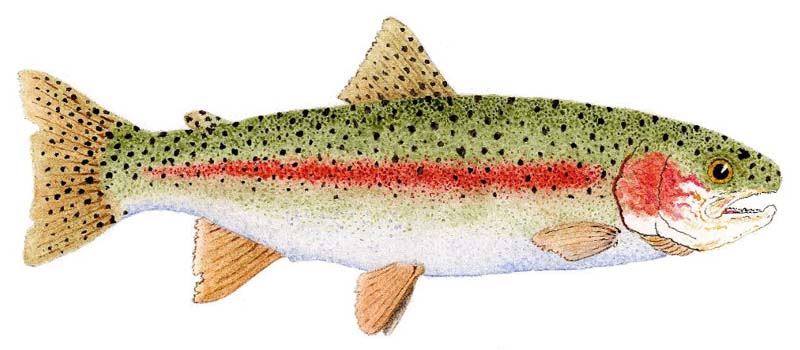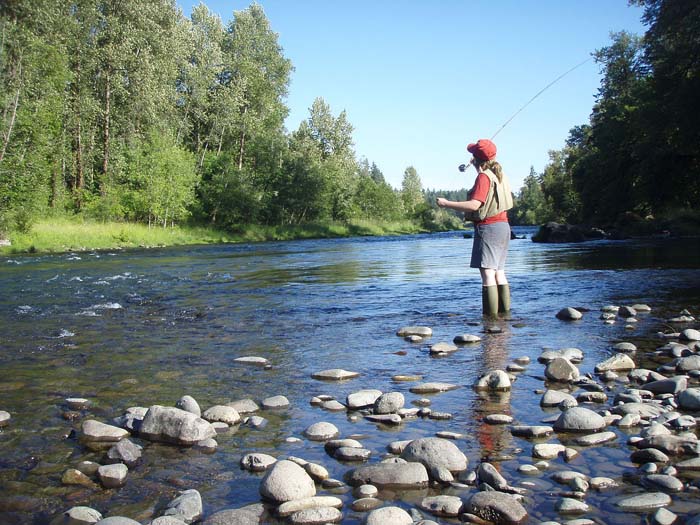Why fly-fishing might just be the best sport to take up in later life
By Neil Ulman / Wall Street Journal
[dropcap]B[/dropcap]ecause fly-fishing is cool. Let me count the ways.
It’s active and absorbing. Wading in streams in pursuit of fish is a whole different world from sitting in a boat, waiting for something to bite. It takes a little time, maybe the kind you didn’t have while working hard and raising kids. But like some other activities good for us…ah…mature folks, you can make it into whatever suits you, from leisurely pastime to strenuous obsession, solitary or social.
Fly-casting is an athletic challenge, but a small one. A very average klutz, I found it almost impossible to teach myself but easy to pick up with coaching. Its apparent similarity to another fishing discipline you may be more familiar with, spin casting, can create all sorts of frustration. Sorry, it’s totally different. Drawing the supple fly rod backward to initiate a cast bends it, loading it with energy until your wrist flicks it forward. The more muscle you put into it, the worse the cast. It’s all timing.
Fly-fishing is also intellectual. You study fish habits. You learn, or think you learn, to read the river, figuring out where the fish are hiding. You study stream biology. Trout feed on lots of different bugs. The trick is casting a fly that imitates the bug currently tickling their palates. You can keep all this to yourself, of course. But for many, the sport requires endless discussion, description and reportage, which tends to reflect favorably on the skill and wisdom of the teller. As Truel Myers, head of the Orvis fly-fishing school in Manchester, Vt., once said, “Fishermen are born honest, but we get over it.”
If you’re conservation-minded, you’ll find soul mates in fly-fishing. You may practice catch-and-release fishing — many venues will require it. You’ll come to care about preserving streams for wild fish. Trout Unlimited is an effective, apolitical organization dedicated to cold-water habitat. Members in local chapters hold meetings, swap fish stories and pursue conservation projects.”

Thom Glace, famous watercolorist’s “Watercolor Study of a Rainbow Trout” (Oncorhynchus mykiss). Presented at the Cumberland Valley Chapter of Trout Unlimited to the winner of the GOLD TROUT Award for 2011. Reprint with permission.
There are many different ways you can go fly-fishing. Here are some of mine:
One evening this spring, I ducked into the woods behind my house, carrying a short rod designed for tight spaces, and slanted half a mile into a gorge that roars like the ocean during snow melt. But now the stream was lower, crisscrossed with fallen timber and crowded by overhanging trees. Coyotes, bears, deer and moose walk here. Between shallow stretches lay a pair of boulders through which water gurgled into a pool little bigger than a bathtub. Here my stealthy backcast…hooked a tree.
I forgot to mention that fly-fishing also teaches humility and patience.
Unless otherwise noted, images are Creative Commons – Universal Public Domain.



